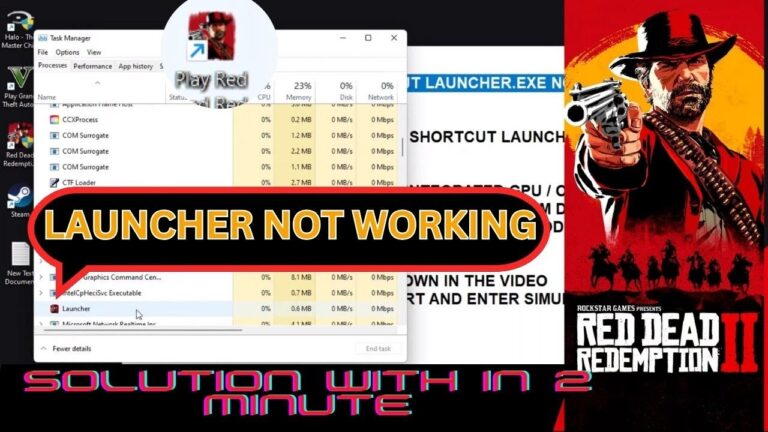
“Doom Campaigns: A Journey from Quick Thrills to Epic Adventures”2025

In addition to creating the first-person shooter (FPS) genre, the 1993 Doom franchise destroyed the rules and left a legacy of heavy metal, demons, and adrenaline. From its pixelated beginnings to the modern cinematic extravaganzas, Doom’s campaigns have changed from unadulterated, arcade-style excitement to expansive, story-driven journeys. However, the series has remained true to its core throughout all of its iterations: you are the Doom Slayer, and hell’s minions are helpless. Let’s examine Doom’s campaigns, their evolution, their inner workings, and the reasons they keep players interested.
Forza Horizon 5
The Beginning: Doom (1993) and the Birth of a Legend
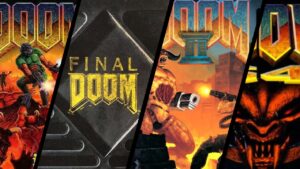
Doom was a revelation when it was released by id Software in 1993. The campaign was straightforward: you are an unnamed space marine who has been left stranded on a demon-infested Martian base. The narrative? Delivered via text screens in between episodes, it was scarcely there. The objective? Find the next keycard, shoot, and survive. Its genius, however, lay in its simplicity. Fast, brutal, and relentless, Doom’s campaign was a masterwork of pacing.
Players were thrust into cramped hallways populated by imps, demons, and the recognisable chainsaw in levels such as “Knee-Deep in the Dead.” Three sets of nine levels made up the campaign’s episodic structure, which kept things short but captivating. With secrets concealed behind obscure walls, every map was a puzzle of exploration and combat. The gameplay was the story, not the lack of a complex plot. You were surviving hell itself, not just battling demons.
Atmosphere was a major component of the original Doom campaign. A visceral experience was produced by Bobby Prince’s MIDI soundtrack and John Romero’s level design. Every corner seemed alive with danger, heightened by the eerie hum of machinery, the guttural snarls of enemies, and the flickering lights of Phobos. This was, for the time, narrative through action and setting rather than cut scenes. A novel’s worth of lore was not necessary for players to feel like badass.
Doom II: Hell on Earth—More Guns, More Chaos
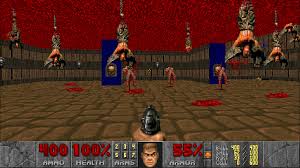
The formula was turned up to eleven in Doom II (1994). Players now have a slightly larger narrative canvas as the campaign moved from Mars to an Earth overrun by demons. Doom II featured a continuous 32-level gauntlet with new enemies like the Pain Elemental and the recognisable Arch-Vile in place of episodic breaks. A fan favourite, the Super Shotgun turned into the best weapon for converting demons into gibs.
The campaign’s basic plan was to kill everything, locate the exit, and then repeat. However, Doom II’s larger, more intricate maps broadened the scope. The sterile Martian bases gave way to cityscapes, industrial complexes, and hellish fortresses. Levels like “Downtown” and “Dead Simple,” which combined urban decay with demonic horror, demonstrated id Software’s increasing ambition. The pace of the campaign was unrelenting, and players were kept engaged by monster closets and ambushes. on edge.
Doom II’s campaign was notable for its modding capabilities. A thriving modding community was born when the game came with tools that allowed players to make their own levels. Although the official campaign was an exhilarating experience, user-generated WADs allowed it to run indefinitely, demonstrating that Doom was more than just a game but a creative platform.
Doom 3: A Shift to Horror
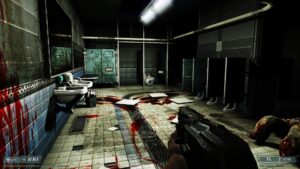
In 2004, Doom 3 boldly changed the course of the series. The campaign embraced survival horror, substituting cramped, dark hallways for expansive, open arenas. The plot shifted to a slower, more dramatic tempo, but you were still a marine on Mars. Players were given a more complex story to ponder thanks to cutscenes and audio logs that elaborated on the UAC’s experiments and the demonic invasion.
The Doom 3 campaign caused controversy. Its slow pacing and sparse enemy count were startling to fans of the originals’ fast-paced action. The torch feature, which made players decide between holding a weapon and illuminating the darkness, annoyed as much as it captivated. However, the atmosphere of the campaign was excellent. Because of the game’s real-time lighting and shadow effects, there was always a potential ambush around every corner. These smaller areas made enemies like the Hell Knight and Revenant seem more dangerous.
With a 20-hour duration, the campaign aimed for a more cohesive narrative than its predecessors’ bite-sized thrills. Even though Doom 3 didn’t appeal to everyone, it demonstrated id Software’s willingness to try new things and showed that the franchise could change with the times without losing its demonic essence.
Doom (2016): The Slayer Reborn
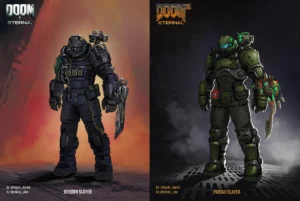
Following Doom 3, the series was put on hold until 2016, when Bethesda and id Software released a reboot that completely redesigned Doom. The 2016 campaign, which combined fast-paced combat with contemporary elegance, was a tribute to the originals. An old warrior resurrected to slay demons on Mars, you were the Doom Slayer. Using short cutscenes and environmental cues, the story was light but impactful and never detracted from the action.
The “push-forward combat” strategy was the campaign’s defining characteristic. Because levels were intended to be arenas, they promoted resource management, glory kills, and continuous movement. Enemies like the Baron of Hell and Cyberdemon were Campaigns reimagined with terrifying detail, while weapons like the BFG 9000 and Gauss Cannon felt divine. From UAC facilities to the depths of Hell, the campaign’s thirteen levels struck a balance between unrelenting combat and exploration.
Doom (2016) stood out for its assurance. Players weren’t bogged down by too much lore or dialogue in the game. The Doom Slayer’s unwavering, silent demeanour said a thousand words. He declares, “This is about action, not exposition,” when he smashes a monitor during a corporate spiel. Every fight felt like a heavy metal concert thanks to Mick Gordon’s heart-pounding Campaigns soundtrack.
Doom Eternal: The Epic Adventure
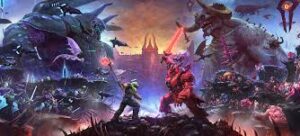
Everything from 2016 was transformed into an epic in Doom Eternal (2020). The campaign extended the Slayer’s travels through ancient fortresses, alien worlds, and Earth. Demons, angels, and interdimensional lore were all part of the story’s ridiculousness, but the gameplay was always a priority. With a deeper move set that included double jumps, dashes, and a flamethrower mounted on your Campaignsshoulder, you were still tearing and tearing.
The more than 20 levels in the campaign were a master class in diversity. Every setting, from Sentinel Prime’s gothic spires to Earth’s ruins, was a visual feast. Enemies like the Marauder demanded strategy over force, turning combat into a chess game. Although controversial, the campaign’s platforming elements offered a fresh level of exploration by rewarding players with upgrades and secrets.
Doom Eternal introduced the origins of the Slayer and the Khan Maykr, delving deeper into its lore. But it never lost sight of its origins. With every level raising the stakes, the campaign moved at an unrelenting pace. Boss fights, such as the Icon of Sin, Campaigns seemed like epic conflicts deserving of the Slayer’s mythology. The campaign became a cosmic saga as a result of the DLCs, The Ancient Gods Parts 1 and 2, which advanced the plot.
Why Doom’s Campaigns Endure
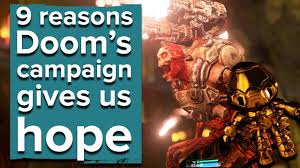
Between 1993 and 2025, Doom’s campaigns changed from simple romps to epics with a strong narrative, but they never lost their essence. The series’ ability to strike a balance between depth and simplicity is what makes it so successful. Every campaign fulfils the promise of empowerment, whether it’s the planned carnage of Doom Eternal or the unadulterated chaos of Doom II. You are a force of nature, the Doom Slayer, and more than just a player.
The evolution of gaming is also reflected in the franchise’s advertising. The genre was defined by Doom (1993). Horror trends were adopted by Doom 3. Eternal and Doom (2016) combined contemporary design with vintage sensibilities. Each entry honoured the series’ legacy while taking chances and adjusting to its time. The older campaigns are maintained by the modding community, Campaigns which adds new twists with projects like Sigil and Brutal Doom.
Doom’s campaigns have had a lasting cultural impact. Numerous first-person shooter games, such as Quake and Halo, were influenced by the series. Pop culture has been influenced by its recognisable imagery, which includes pentagrams, shotguns, and demons. Few characters can match the Doom Slayer’s raw power, making him a gaming icon.
Looking Ahead: What’s Next for Doom?
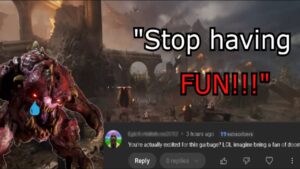
Although id Software hasn’t revealed a new Doom campaign as of May 2025, the legacy of the series indicates that it’s still Campaigns going strong. Fans’ enthusiasm for possible sequels or remakes is hinted at in posts on X, with some conjecturing about a return to Doom 3’s horror origins or a fresh open-world twist. Doom’s campaigns will probably keep combining daring innovation with visceral action, regardless of what happens next.
Fans can currently explore Doom Eternal’s DLCs or relive the classics through contemporary ports. With WADs like Back to Saturn X providing campaign-quality experiences, the modding community keeps the older games interesting. If you’ve never played Doom before, start with Doom (2016) for a contemporary introduction, then progress to the originals for a gaming history lesson.
Conclusion: A Legacy of Ripping and Tearing
From the pixelated corridors of Phobos, Doom’s campaigns have advanced significantly. What started Campaigns out as a brief thrill has developed into epic adventures that strike a balance between atmosphere, storytelling, and relentless action. From 1993 to Eternal, every campaign offers something different, whether it’s cosmic warfare, atmospheric horror, or raw intensity. However, their dedication to giving players the impression that they are unstoppable unites them all.
The campaigns of the series remind us why Doom persists, whether you’re facing the Icon of Sin in Eternal or chainsawing an imp in Doom II. It’s a way of thinking, not just a game. So take out your Super Shotgun, turn up the music, and get lost in the mayhem. The Slayer has work to do, and hell is waiting.


